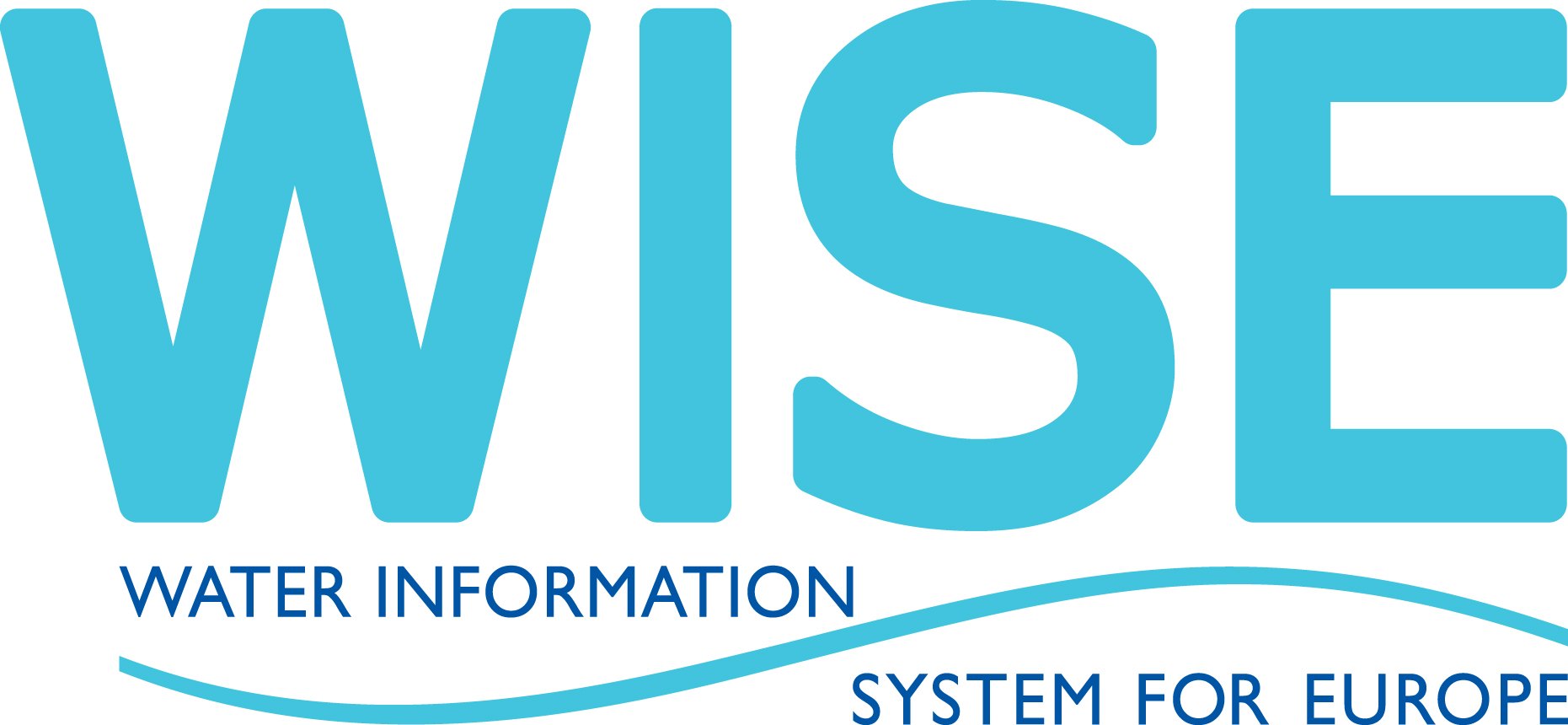Navigation
Account Services
I haveWISE SoE - Biology data (WISE-2) 
WISE-2 dataflow was established to obtain a harmonised flow of biology data reported as Ecological Quality Ratios (EQRs) from all surface water categories; rivers, lakes, transitional and coastal waters.
Biology data can be reported in two alternative ways:
- as national EQR values, together with information on the national classification system (class boundaries in national EQR scale)
- as normalised EQR values; then information on the national classification system is not required
Biological determinands representing phytoplankton with original metric values and units (e.g., chlorophyll-a and cyanobacteria biomass) can be reported to the WISE-6 dataflow.
The EEA WISE-2 dataset contains data from different phases of biology data reporting spanning from 2011 (rivers and lakes) and from 2019 (transitional and coastal waters) to the current reporting year.
The following material is intended for national reporters of WISE-2 data.
It describes how to use Reportnet during the reporting process and how to improve the quality of deliveries.
Dataflow specific instructions
Changes in the 2024 data call
In 2023, the WISE-2 data flow was transferred from CDR to Reportnet 3. Otherwise there have only been minor changes to the Data dictionary (e.g. vocabularies) and quality checking rules. The following changes were implemented in 2021 and have been refined during 2022-2024.
The WISE-2 reporting template (WISE-SoE_Biology.xls) and all reporting guidance is now also available in Reportnet 3 under "Dataflow help" in the WISE-2 dataflow. However, the reporting template is still downloadable from CDR.
Acceptable water body types
For monitoring sites and water bodies where a water body type has already been reported to the WFD [surfaceWaterBodyTypeCode], the same water body type must be used in WISE-2 reporting. Since 2023, this set has been expanded with the additional water body types reported under the 3rd RBMP (2022-2023).
BiologyEQRClassificationProcedure
The table BiologyEQRClassificationProcedure must still be included in each reporting, because it contains information needed for normalisation of reported (national) EQR values. EEA provides a pre-filled dataset for each country, which is available in Reportnet 3 under "Import dataset data" - "Other custom imports" - "prefilling BiologyEQRClassificationProcedure table".
The template contains the BiologyEQRClassificationProcedure table pre-filled with harmonized data from the previous reporting. Reporters are asked to check and, if necessary, correct the pre-filled information. Fields in the primary key (e.g., parameterWaterBodyCategory, parameterNCSWaterBodyType, parameterNaturalAWBHMWB and observedPropertyDeterminandBiologyEQRCode) cannot be changed directly; instead, the records should be marked by using flag 'Z' in the resultObservationStatus field, and replaced by a new record. Fields that are not components of the primary key (e.g. procedureClassificationSystem, parameterBoundaryClassesXY, Remarks), can be changed directly in the table.
New records may be added to the prefilled table, but no prefilled records may be deleted. During the QC the table will be compared with the reference list of the classification procedures. The delivery will be blocked if any of the records are found missing. Instead of deleting them, the retired or invalid entries should be marked by using flag 'Z' in the resultObservationStatus field. When the deliveries are harvested and processed by the EEA, such records will be retired, and excluded from the future prefilled tables.
Even if there are no changes in the data, the BiologyEQRClassificationProcedure still needs to be present in Reportnet 3 as part of the delivery.
WISE dataflows
- WISE SoE Data Flows
- Water Framework Directive
- Floods Directive
- Bathing Water Directive
- Drinking Water Directive
- Urban Waste Water Treatment Directive
More information
- How to upload a report
- Using envelopes in CDR
- Setting up access limitations to files
- Security principles
- Reportnet architecture
If you need support please contact WISE SoE Helpdesk
